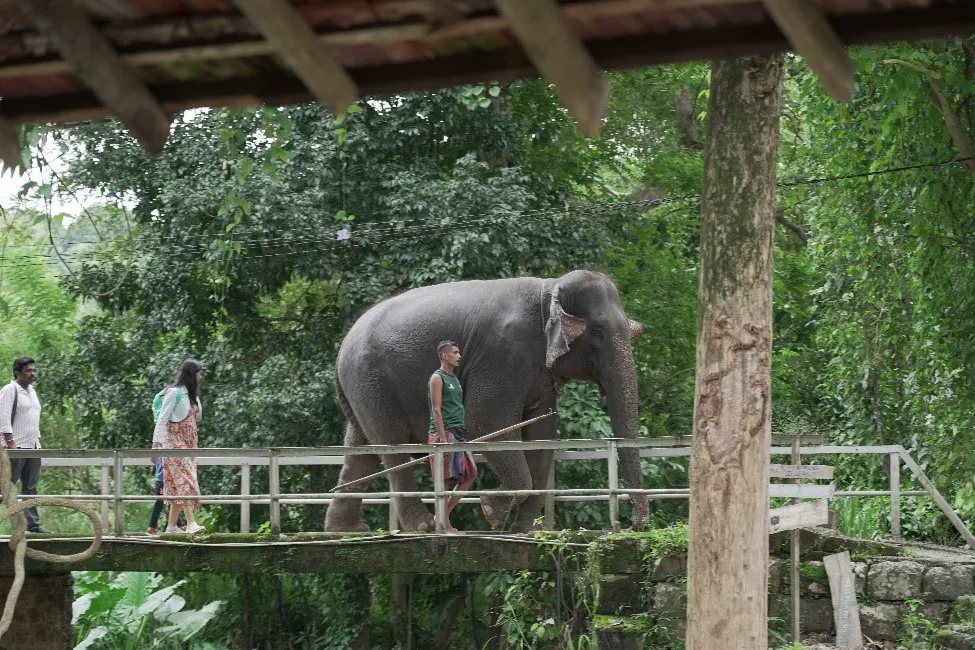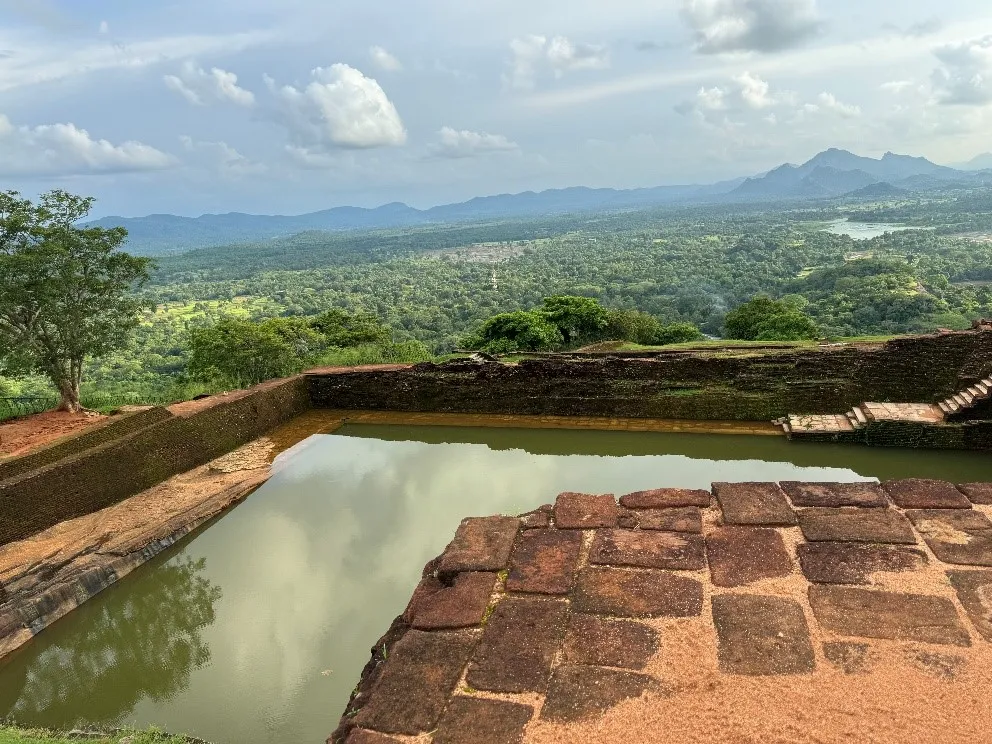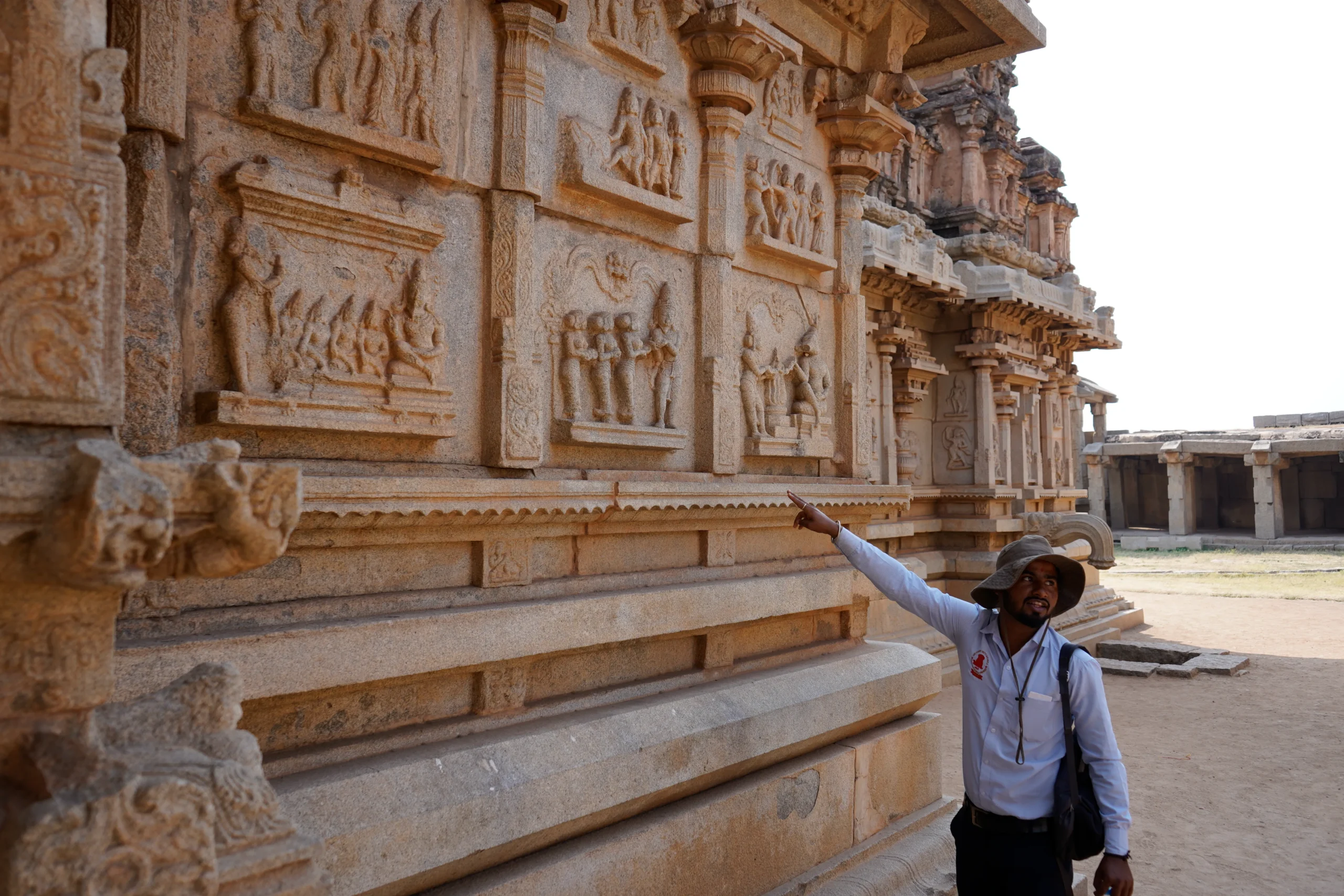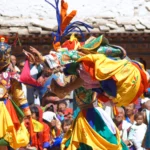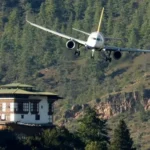Lahaul-Spiti: Road Trip To A Cold Desert
Lorem Ipsum is simply dummy text of the printing and typesetting industry. Lorem Ipsum has been the industry’s standard
Ritu@2017
We don’t want to beat about the bush. The drive is treacherous (please take that with all CAPS), almost deadly at times (the drops from cliffs as steep as 4000 metres above sea level), and the roads a complete nightmare (the 2013 monsoon wreaked havoc on the serpentine roads leaving nothing but rubble laden paths in its wake)…
At the end of the 1700 kms of jerky, bumpy and dangerous drive on one of the most formidable terrains in the world, we were glad to be alive.
And eager to go back. To do it all over again. In exactly the same way.
Yes, on top of our list of places you MUST see will be the twin districts of Lahaul and Spiti, located in Himachal Pradesh, the Himalayan Indian State; and see it on a road trip, in a self-driven vehicle, stopping to soak in the almost rapacious beauty of the landscape – lofty peaks rising above the stark splendour of the cold desert, pristine blue skies and the kind of air you can only dream of breathing in our choking cities.
Why this Cold Desert?
While scouting for destinations to take a road trip (solely for the purpose of sharing our travel experience with all of you) we were excited by the prospect of visiting this part of India because the narrow window of opportunity was going to be ours, literally by a whisker. The valley is open to visitors from May – October 15 after which the winter sets in and isolates the entire region all the way till April-May of the following year! Our holiday was to end on the 18th of October. We thought that this was providential…simply put, we were meant to make this trip just before it closed for winter.
The other clincher in favour of this desolate yet fascinating destination was the fact that we would cross the fabled Kunzum La (Kunzum Pass) located 4551 metres above sea level. Although we had been told that the weather in this area was so unpredictable that one could get stuck on either side of the Pass for days together, eventually not crossing it at all, we were intrigued and thrilled at the adventure that we knew awaited us.
The adventure began soon after we had crossed the incredible ‘tourist’ rush at Rohtang Pass. The traffic snarl had delayed us by over 2 hours. Little did we know that delays due to circumstances beyond our control were to become the highlight of this trip. As we drove downhill from Rohtang towards Gramphoo (‘Gram’ as in grumpy), a steady rain had begun falling. A few kilometres later we saw that the unexpected rainfall had created a muddy, slushy swamp in the middle of the mountain road. Vehicles were stranded and it was impossible to move ahead until a landmover arrived. Needless to say, we managed to get through only because we were determined to get out (with the help of local drivers who accustomed to such exigencies, placed rocks under tyres and even drove the car through a terrible patch), even as our hired car struggled to get its grip on the slippery rocks amidst the slushy swamp, bailing us out of there after the loss of one and a half hours.
On day three of our trip, we accidentally tore a rear tyre on one of the jagged rocks that feigned to be the road, in the middle of two shanties that posed as villages. As we’d ended up blocking the only available route to and from the Spiti Valley, taxi drivers got off their vehicles to help us change the tyre, and also informed us that the next puncture repair was a 110 kms away at Kaza! Yes… you read that right! One hundred and ten kilometres! Needless to say, it took us 8 hours to traverse the distance as we moved at a snail’s pace to avoid another mishap which could mean getting stranded, perhaps for days together. Our trepidation was not farfetched.
As our pace slowed down to about 20 kms an hour, we were still hopeful that the next shanty would have someprovision to repair punctures despite what we were told by those who regularly travelled the route. With these thoughts we ambled towards Batal, a tiny hamlet with three hutments in all.
The couple who ran Chandra Dhaba told us that the tyre could actually be fixed only at Kaza, about 90 kms away! It was a setback for us because not only were we running hours behind schedule, we were also going to cross the Kunzum La and its infamous erratic weather at the wrong time of the day – early evening. The unpredictability of the weather was further emphasised to us as he narrated the story of a group of 17 trekkers who were stranded for over 10 days at Batal in the month of May in 2010 due to a massive and unexpected snowstorm. His wife and he helped the group before a rescue unit of the Army could airlift them out of the area!
Our options were very limited, and as he looked at the clear blue sky he told us that it seemed unlikely that the weather would get unpleasant. We, energised by the hot dal-chawal (pulses-rice) they fed us, thought of taking the adventure head-on. Although we had to drive very slowly through nightmarishly narrow roads in the pitch dark of the night, we made it to Kaza by 8 30 pm the same day, safe and mishap-free. Our leap of faith had worked!
The highlight of our trip however was when we got stuck in a landslide, without food and with limited water, but adequate internet connectivity! We were compelled to spend the night inside the car (thankfully we’d carried sleeping bags), with nothing but moonlight and the sound of the river raging below us ‘somewhere’ for company, along with the other stranded vehicles of course, as we waited for daylight and the men who would come clear the rubble so we could move ahead.
When we reached the spot (later we were told that it is called Pankhi Nala and regulars on the route never cross it after 5 pm) at about 7 pm, we were told that there was a “rock shower” somewhere up ahead, which had blocked the narrow mountain road. A little later a few men who had walked to the landslide area returned with the news that it is “Too dangerous to go ahead.”
We had to take a call, which was made for us as we, in the feeble glow of our headlight saw loose rocks sliding down from a slope a few metres away from us. A truck parked in its path was hastily backed up as we backed up too. We had just endured a nightmarish drive on virtually non-existent roads between Pooh and Spillo, and going back would have meant driving the 3 hour stretch again, at the end of which we were not certain we would even find a place to stay the night.
So like the other vehicles, we decided to find a ‘safe’ parking place for the night. We had nothing but our instinct to rely on as it was too dark to see if the range we parked under consisted of loose rocks that could fall and damage our vehicle. Since we are alive to write this, we know that we chose the right spot.
Would we still go back, you ask? The answer is a resounding YES!
The Journey
We began the road trip on a sunny afternoon in mid-October from Delhi International Airport. We drove through Delhi, Haryana, Punjab and eventually reached Himachal Pradesh (hereon referred to as HP). Once in HP, the drive became more and more picturesque. Our journey towards Lahaul-Spiti took us through Kulu Valley and Manali onwards to Rohtang Pass. At 3979 meters the Pass is on the route from Manali to Keylong, Lahaul Valley (which goes to Leh) and the Spiti valley.
From Rohtang we traversed towards Gramphoo encouraged by the quality of roads and the time we were making covering the distance, which included our regular halts to take photographs. From Gramphoo we were to go to Kaza, a stretch of almost 150 kms to enter the Spiti valley, which included crossing the formidable Kunzum La.
The elderly lady who owned the tiny roadside eatery where we stopped to grab a bite desisted us from undertaking the journey as it was nearing early evening. The light was failing and a steady rain was ensuring that the weather got colder with every passing second. She told us quite categorically that we should turn towards Keylong which was in Lahaul, halt for the night and return to Gramphoo the next day to travel to Kaza.
While we sat gulping down hot Maggi noodles in the warmth of the little eating house, we discussed our options. Outside the truck drivers also warned us of the deceptive and dangerous topography which was especially risky by night, more so for those unaccustomed to driving on these roads. Eventually we decided to adhere to the advise we were given freely even though the detour would set us back by a day, pushing us to a corner with our plans to return to Delhi from where we had prior bookings to our hometown in Maharashtra.
It was the best decision we took on the trip.
So we headed to Keylong where we spent the night at a HPTDC (Himachal Pradesh Tourism Development Corporation) hotel; the room was basic and not very clean but we had to make do.
The next morning we began our journey towards the most formidable part of the trip. From Keylong we headed to the gateway to the Spiti valley – Chhatru (cha-ta-du) via Gramphoo. The road was very narrow and challenging. Our hired 4 wheel drive tottered over jagged rocks, dangerously close to the edge of the cliffs we were ambulating on, especially when we would have to let another vehicle pass by either halting or backing up a few metres. Yes, there was a prayer in our hearts when we thought our car would fall off the hillside.
From Chhatru we drove towards Batal (and blew a tyre along the way) and Kunzum La. At the Pass we stopped a few minutes soaking in the starkness and isolation of this point located 4551 metres above sea level. We paid obeisance at the temples (Hindu and Buddhist) located there and took a few photographs. Soon enough the wind picked speed and we realised that we would have to leave immediately to avoid getting stuck in the midst of any of Nature’s vagaries at this height which could include (as we had been told) a snow storm and hail or rain or all of them. The lack of oxygen at the altitude was already making us uncomfortable.
From Kunzum La it took us another 2 hours of painfully slow driving (courtesy our blown up tyre) to reach Losar, which is the gateway to the Spiti Valley. Here one has to register their names at the police check post. We halted for a tea-maggi noodle break before driving towards Kaza where we would be able to repair our punctured tyre, fill fuel and recoup for the night as well.
We arrived at Kaza at 8 30 pm and it seemed like a ghost town. Later we were told that the entire town with the exception of a few locals migrates to Manali in the winter months. We were compelled to stay the night at the HPTDC hotel which had better service, rooms and cleaner sheets than its counterpart in Keylong. Here we met the affable Kesing Bodh, employee of the hotel who gave us insights into the region.
Since we had lost two days during the trip we couldn’t stay at Spiti to visit the highest village in Asia – Komic – located at 4513 metres. Nevertheless we felt, as we do on most of our trips, that one must always leave something for the ‘next’ time…and we bid goodbye to Spiti Valley.
From Spiti we headed to Delhi via Tabo, Pooh and Spillo. The terrain was dramatically different from Lahaul and Spiti valleys but was just as stark and uninhabited. A few kilometres before Rekong Peo we got stuck at Pankhi Nala where a landslide ensured we spent the night in the car.
From Rekong Peo we were able to cover the distance faster than we had in the past five days! From Sangla Valley, Wangtu, Jhakri, Rampur onwards to Kufri, Dhalli, Simla and Chandigarh, we covered a distance of over 450 kms in less than 12 hours, eager as we were to make up for the time lost.
Why would we GO BACK?
If you have read this far it must be amply clear that the adventure was terrific but also very dangerous. Enduring the drive, the topography, the weather and the solitude are not easy. The abominable condition of the roads which make the terrain even more treacherous can make the best of us lose patience. And hope. In that order. But there are a few things that kept us going and made us want to go back:
The overpowering beauty of the landscape, intoxicating and intriguing in its barrenness
The pleasure of gazing at a starlit sky, when you’ve stopped for a ‘smoke break’, in the middle of virtual nothingness on a road that seems to lead nowhere, surrounded by impeccable silence
The fascinating journey to a part of India – its absurd lack of technology (there is only one mobile phone operator, with a network availability in just one-two of the ‘towns’ in the entire valley), its unimaginable remoteness and isolation, and its maddening reality, that it is a part of our Motherland – that makes us believe in the diversity of our country!
The uncertainty of “Whats next”… From being swamped in, to being caught in a landslide, the trip kept us guessing about the next adventure, which gave us wanderlusts an incredible high!
The desire to finish the trip, come what may, despite the odds, inspite of the odds!
The desire to go back and chronicle what’s changed, if anything has; to bask in the happiness that progress brings
To explore all the parts we left out for the ‘next’ trip
How to Get There?
For most parts we followed the directions of our friend Ajay Jain’s website. He is one of India’s most celebrated travel writers and discovered the wondrous beauty of Lahaul-Spiti long before it appeared on the tourism map for the State. You can go through his site and directions here Kunzum Route.
We did find that some distances and routes had changed thanks to newly constructed highways and expressways. Where we got stuck, Google Maps came to our rescue. We intend uploading the exhaustive notes we took with respect to directions, distances and time taken. So watch this space.
Things to Remember
A roadtrip in India is always fraught with uncertainties. Despite all your planning, things will invariably go wrong, given India’s unique topography, erratic weather patterns and the dismal state of roads. However, here are a few tips we would like fellow travellers to keep in mind when undertaking a road trip from Delhi – Lahaul-Spiti Valleys.
~ When leaving Delhi on the road trip it is better to leave in the early hours of the morning to beat the traffic. Similarly, we would suggest that one must plan in a way that Rohtang Pass is crossed before 9-10 am (to avoid the touristy rush), Kunzum La be crossed before 3 pm, arrival at Kaza be made before 7 pm, and Pankhi Nala not be crossed after 5 pm. Yes, we are making this suggestion despite knowing that your best laid plans could well remain on paper when you are out there…but we believe that we must tell you what you must know
~ Hire a car that you know how to tinker with (for small mechanical difficulties), with topnotch capacity to hold fuel and one that gives you an excellent mileage too. Because between Manali and Spiti, there are only two fuel pumps. Yeah…just two, between a distance of nearly 150 kms…one at Kaza (in Spiti Valley) and one before Keylong (at Tandi in Lahaul Valley)! So not only can you get stranded if your car breaks down due to a mechanical fault or a tyre burst, you could also get stranded if you don’t keep your eye on the fuel gauge!
~ Also do remember to carry a spare tyre (apart from the stepney) keeping in mind that tyre repair services are available only at two places in the long route between Rohtang Pass and Rekong Peo (at Kaza and at Powari). You could carry one of those ‘fillers’ for tubeless tyres which would help fill a puncture but would be useless if you tore a tyre like we did
~ There are plenty of places to eat at on the plains, and even after you touch the hills in Himachal Pradesh (which is known for its tourism). However eating places get sparse after you’ve crossed Rohtang Pass, with little shanties offering no more than Aloo Parathas (potato pancakes), the famous Maggi Noodles, Eggs to order, Dal-Chawal(Pulses-rice), tea and coffee. It would be advisable to carry high energy snacks to see you through in the event of a breakdown or if you’re stranded due to the inclement weather, circumstances etc. We would also advise you to carry two-three bottles of water for emergencies
~ It would be tantamount to expecting a luxury suite at a budget hotel to expect toilets on this route. After we crossed Manali, toilets were non-existent. When you think about it logically, it becomes easy to understand that when you won’t find an eatery, or a tyre repair person, or for that matter ANY signs of habitation for miles together, finding a toilet is akin to expecting a miracle. Most of the eateries are temporary shacks put up by owners for the ‘season’ (tourist season), and lack such basic amenities for weary travellers. For most of the trip (even when we were stranded at the landslide spot) we had to squat in the open, behind bushes, behind the car etc. Honestly, we don’t have a solution for this
~ Carrying camping gear is advisable. We would highly recommend carrying sleeping bags, a tent, a high capacity torch, and a portable heater – to be used in the exigency that could stare at you during the trip, most often without forewarning. On our next trip we will also carry all of the above mentioned items since hotels in the region leave much to be desired. Since we were nearing the end of the tourist season, nearly all the hotels in the region were closed, their owners and caretakers moving to Manali for the winter. When cornered we would prefer ensconcing ourselves into a tent rather than spend a night at a dingy hotel
~ Believe the locals. Nearly every time we were caught in a quandary and had to take a decision (like when we opted to go to Keylong instead of towards Kunzum La or when we heeded the advise of the owner of Chandra Dhaba and headed to Kaza despite rapidly failing light, or when we decided to park the car and wait the night through at the landslide spot), we relied on the advice we were rendered by locals who, more than all else, had tremendous understanding of the weather changes in the area. Despite how it may sound to our ears, their advise is never over the top or exaggerated. They are honest, simple and forthright and it is in our best interest to pay heed to their advise gained from growing up in a region known for its treacherousness.
Author Details



